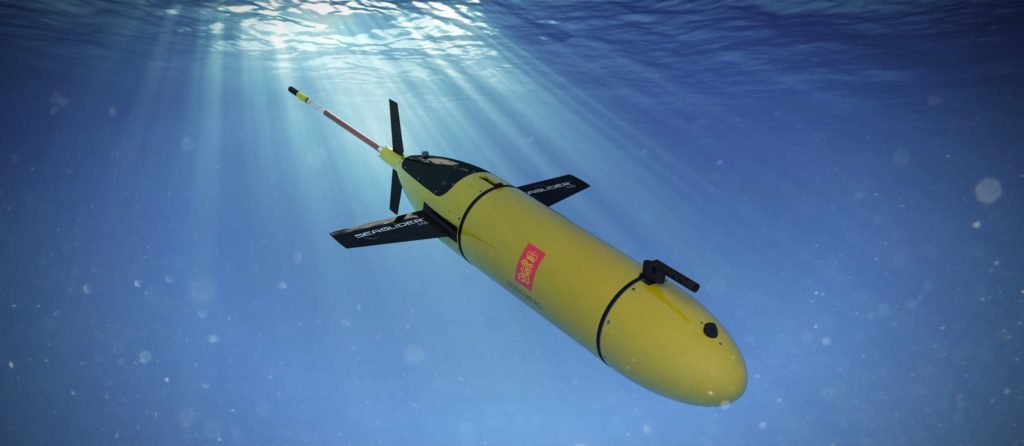A novel time series annotation tool and its application to event detection in marine soundscapes
Seadash is an interactive tool for semi-automatic event detection and classification in multivariate time-series. Its conceptual foundations consist of three cornerstones: data programming, learned disentangled representations, and interactive machine learning (IML).Time series constitute a rich data class. Sensors are ubiquitous, even under-water data are recorded routinely and in very large amounts, and data analysis constitute a bottleneck. We focus specifically on the problem of (interactive) event detection. While the initial use case presented here focuses on soundscapes, the tool can be applied to different use cases (e.g., finance, speech, biosignals, multimodal-multisensor readings in general).


Partners
This project is partly funded by the Ministry of Lower Saxony (MWK), 2022-2024. Thanks go out to DFKI’s competence center on AI for Environment and Sustainability (DFKI4planet) for their additional support.


Contact: Prof. Thiago Gouvea
